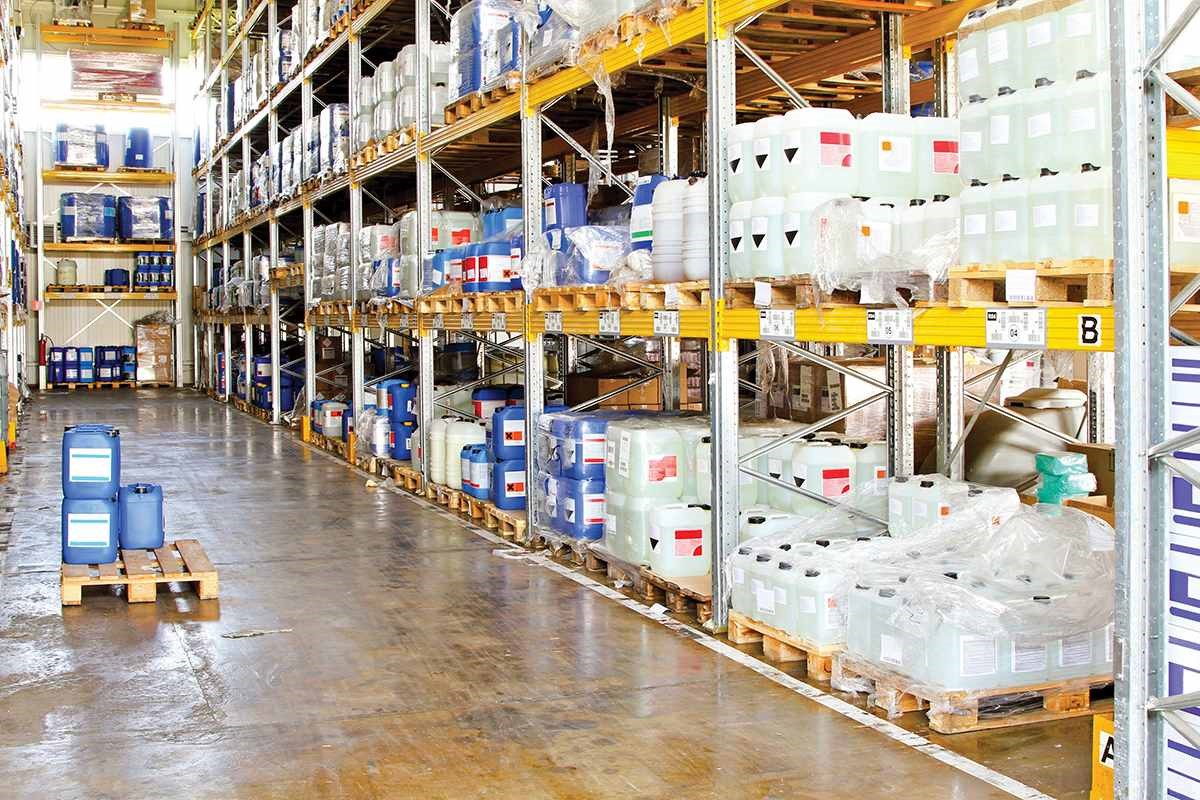Welcome to Labkafe ~ Orientallabs Retail Services Private Limited
As per a Hindustan Times report , there were 4,59,242 students sitting for TSBIE Chemistry Practical exams last year. About half of them passed it to move to the TS board inter 2nd year course. So, today we will let you know the full TSBIE chemistry practical syllabus in detail. Both students and teachers can benefit from this comprehensive list of experiments and observations that you must know.
The system of higher secondary education in the state of Telangana is handled by TSBIE, that is, Telangana State Board of Intermediate Education. The TSBIE official website is https://tsbie.cgg.gov.in which has all the official announcements useful to teachers, school governing bodies, and students and their parents too.

The TSBIE chemistry practical lab syllabus is geared towards giving the students a proper hands-on learning experience that would imprint well in their memories. It should give a better understanding of how various chemicals actually interact, and how to perform various baseline laboratory work that underlines many future work and experimentations that the student may perform, should they choose a career in chemistry or biochemistry.
To perform these TS board intermediate level lab experiments, you will need a proper wet lab furniture setup, and appropriate lab equipment and lab consumables . Labkafe is your best bet to find both! Without proper chemistry lab furniture or chemistry lab equipment , you will be hard pressed to get any results.
(Note: this continues to the 2nd year as well.)
Each student should conduct a scientific investigation, which should include collecting samples and data from various sources, and laboratory testing. Students can choose any project approved by their teachers ‒ here are some ready-made examples one may try out.

Learn how to find if the following ions are present in a given sample salt.
(Note: this remains similar to and continues from the work done in the previous year.)
Same as the previous work, students would complete a project, possibly one of the following.

The above seems to be a lot! Indeed, many schools do not seem to want to finish all of the syllabus. There can be many reasons ‒ not enough time or not sufficient manpower, materials not being available, chemicals too expensive (for example, the Sudan III reagent required for the fat test is very costly!) or many other things. However, if that is the case then Labkafe’s Lab Tutorials can help you. See if you live in an area we serve presently.
Anyway, for a school to do the TSBIE chemistry practical experiments and projects, what you absolutely need (besides a good lab furniture setup) is the TSBIE Chemistry Lab Equipment Package from Labkafe. This package contains all the lab equipment, glassware, support apparatus, and consumables that you need to perform all the above activities.
Generally, the Telangana Inter board holds the written exams in the month of May (this year, it is happening from May 6, 2022 to May 24, 2022). There will be nearly 5 lakh students appearing for these exams. And we wish all the best to all of them, and the teachers and staff making this possible!
Labkafe is among the most promising laboratory supplies vendors in India. We manufacture and supply lab equipment, lab furniture, lab consumables, lab glassware, lab machines and more! Not only we manufacture lab items, we export to international resellers too. We fulfill CBSE ICSE ISC IGCSE IB State board affiliation requirements for schools by providing affiliation packages to schools. Our featured products are:
Chosen by over 1200 schools, colleges, universities, research labs, government agencies and private companies to build or renovate their laboratories, Labkafe stands as your best friend when it comes to labs. We are also a registered OEM on GeM. Our clients love us because we provide the best quality of lab products, free demos, free installation, and support for ever.
Do you wish to experience excellence too? Why not contact us today at [email protected], or call 9147163562 directly ‒ we are always available to serve. You can also use the chat button in the corner to connect to one of our representatives instantly!
Feb 16, 2023 by Biswajit Sana
Jan 24, 2023 by Biswajit Sana